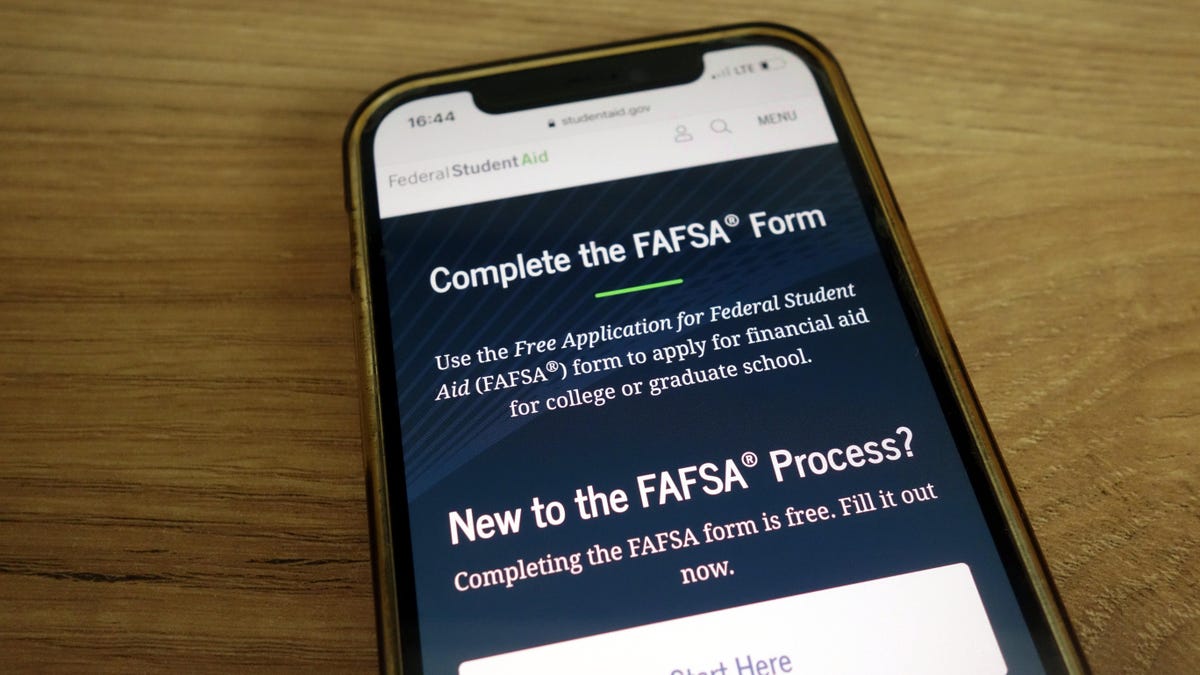Two Keys to Optimizing Your FAFSA and (Hopefully) Getting More Financial Help

Getting into college comes down to filling out forms. Even before you receive it, you must complete standardized tests , apply for admission and receive a scholarship , and it does not stop there. One of the most important of these is your FAFSA, or Free Application for Federal Student Aid, which helps determine your eligibility for federal money in the form of loans and grants, as well as state, school, and work-study sources. The amount you receive from the FAFSA depends on your financial situation and when and how you fill it out, so be sure to optimize your chances of getting more money with the following tips.
File in advance
This is a huge key to success. Many states give out grants—that’s money you don’t have to pay back—on a first-come, first-served basis. Ideally, you should file the FAFSA in October of the calendar year prior to college, or nearly a year before. Each year, the US Department of Education provides about $111 billion in federal aid, and although this is a large amount, it is still limited. Come early to get your share.
Please note that you do not need to be accepted into the school to apply. You can add up to 10 potential schools to your form, and more after submission. Don’t wait until you receive and accept an offer from a school to apply.
However, you may not know you are going to school until the last minute. Late admissions and enrollment deadlines are common, as are sudden flashes of inspiration to plan for the future. In March 2022, I decided out of the blue that I should go to graduate school, and the following August I was in class. If you don’t complete your target in October, that’s fine, but complete it ASAP once you start seriously considering enrolling. It’s free, so even if you don’t go there won’t be any harm.
Try to minimize the income in the analyzed year.
The amount of assistance you receive depends on a number of factors, but your (or your family’s) financial situation matters a lot. The form for the coming year looks at your previous year’s financial information, which means that if you’re applying for the 2023-2024 school year, your taxes from 2022 will be checked on the form. It is not recommended to expose yourself to financial ruin. for a year in the hope that you get more help, but if you can, reduce your paper income as much as possible. Do not realize capital gains during your base year. If you get a capital gain, make up for it with losses to the best of your ability, advises College Ave Student Loans . Ideally, you want to reduce your adjusted gross income if the capital loss exceeds the profit by up to $3,000.
Some tips circulating on the internet suggest emptying your bank account before filling it up to make you look like you have very little money. Don’t be suspicious and just take all your money out of the ATM, but pay off your existing debt before filling out the form.
According to Mos , a student-focused finance service, the FAFSA looks at investments, savings, checking account balances, and more to figure out the reported assets of you or your family, so it’s best to use the extra money in your checking account to pay out. duty. This will reduce your reportable assets, save you money on interest, and possibly even qualify you for more help.